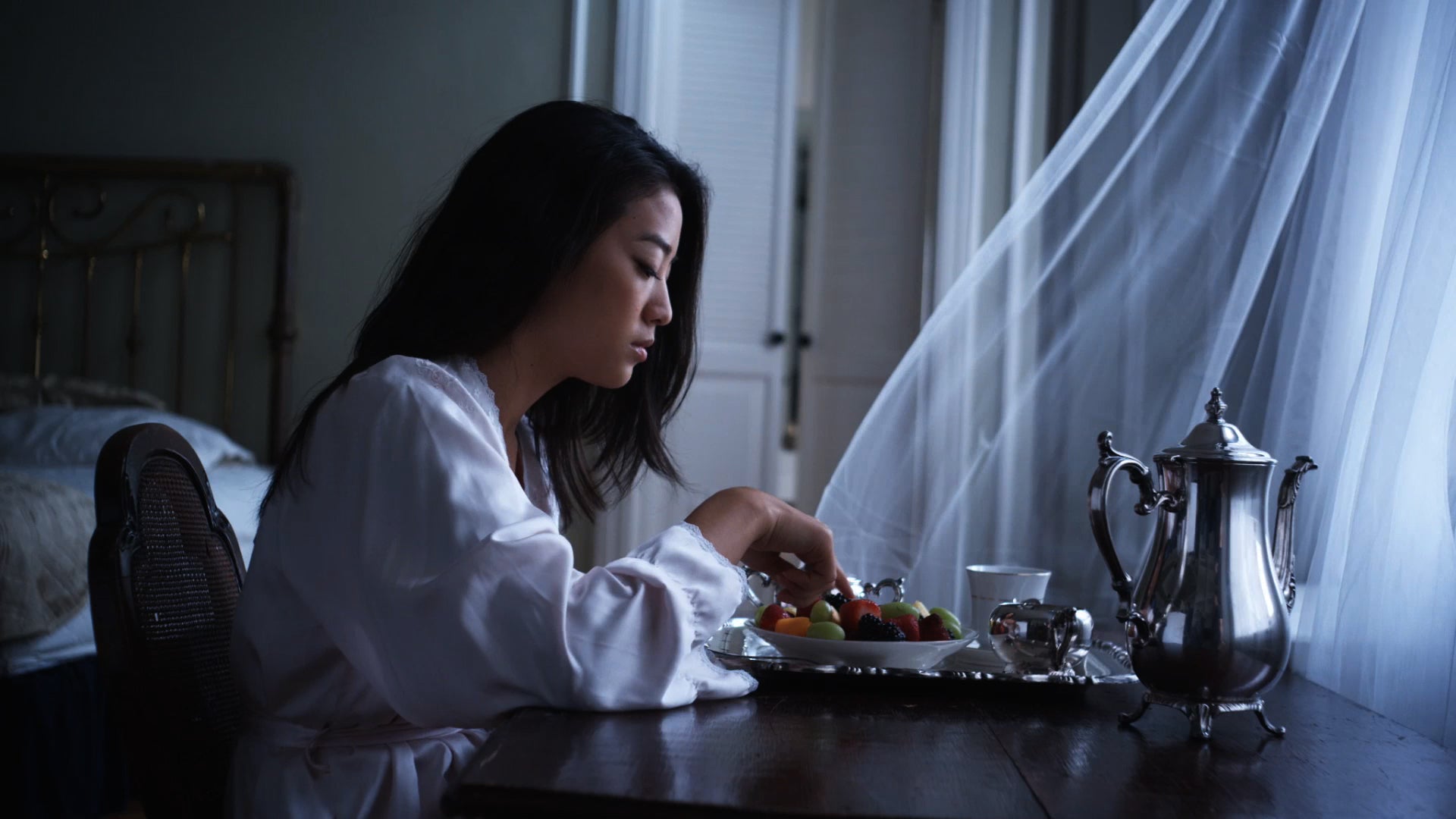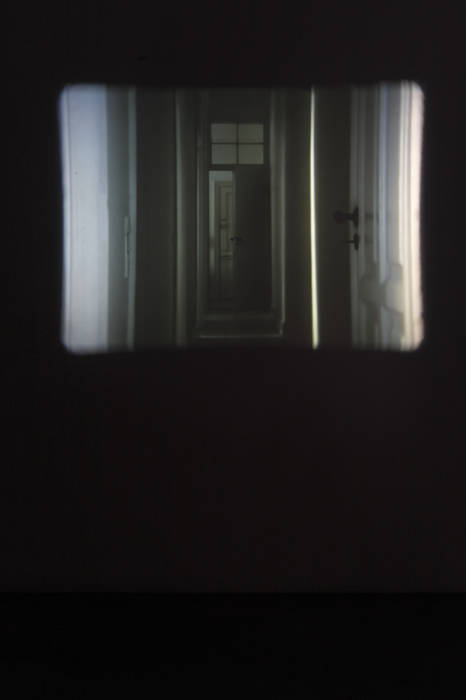Isabel Rosario Cooper

MILJOHN RUPERTO
15 AUGUST - 6 SEPTEMBER 2019
-
Isabel Rosario Cooper is a multi-part project revolving around a peripheral historical figure named Isabel Rosario Cooper. Cooper, also known as “Dimples”, was a vaudeville actor from Manila who was famous for both the first cinematic kiss in Philippine cinema and as General Douglas Macarthur’s teenage mistress. I knew about Dimples Cooper (she was from Paco, the same neighborhood I am from in Manila 50 years prior) but never really knew any details until I found some helpful footnotes in a biography on Macarthur. Through research I found that Cooper came to Washington D.C. in 1930 to be with Macarthur, who secreted her up in a hotel as his mistress. The relationship dissolved four years later with Macarthur paying her off to leave the country. Cooper refused to leave and then re-surfaced in Hollywood in 1940 to try her luck in film acting. She landed bit parts until her suicide in 1960.
-
I decided to make a group of works where Cooper haunts the present through her image. I imagined myself as a medium through which she appears, a ghost, hopefully free from my own instrumentilization. In the first work, Appearance of Isabel Rosario Cooper, I collected all the scenes from her Hollywood career, usually as an extra walking across the frame, and roto-scoped and digitally blurred everything else but her image. This is transferred to and then shown in 16mm film. The second work is Re-appearance of Isabel Rosario Cooper, another 16mm film where a shadow appears at the end of a hallway to sing a song about longing: a cinematic haunting. The third work, Dimples, is a screenplay that exists solely as text. It is a Hollywood take on Cooper’s life in Washington D.C. with Macarthur and other historical characters. The script is purposely written in an outmoded 1930s romantic screwball comedy style. The last is Arden Cho as Isabel Rosario Cooper, and it is a digital video re-creation of a day in a life of Cooper while she lived in the Chastleton Hotel in D.C. in the early 1930s. It is a film about waiting. I also include in the exhibition the Hollywood headshot photos of Cooper from 1940.
- Miljohn Ruperto




